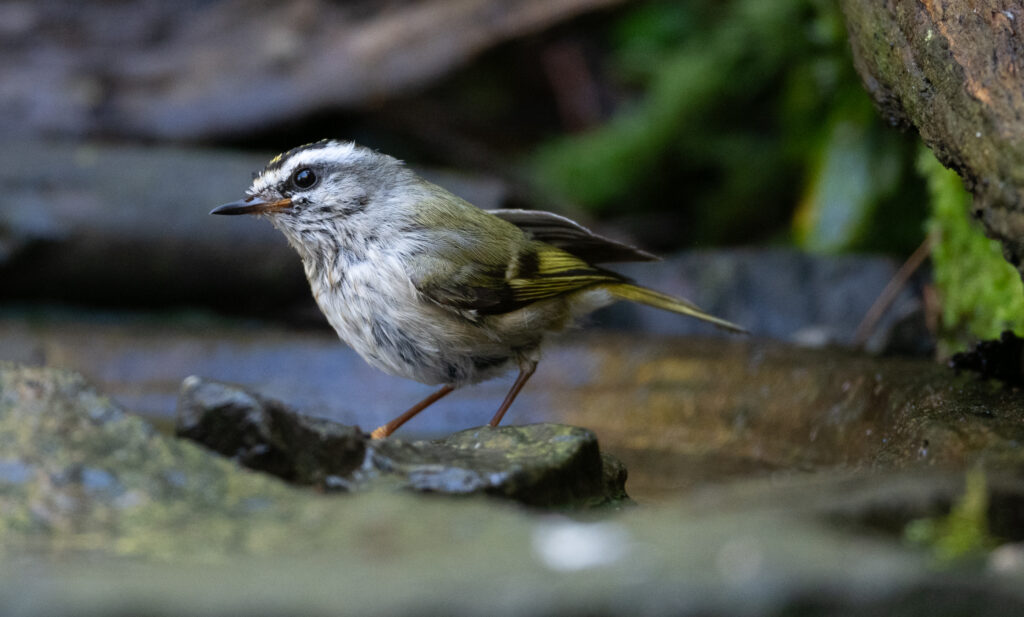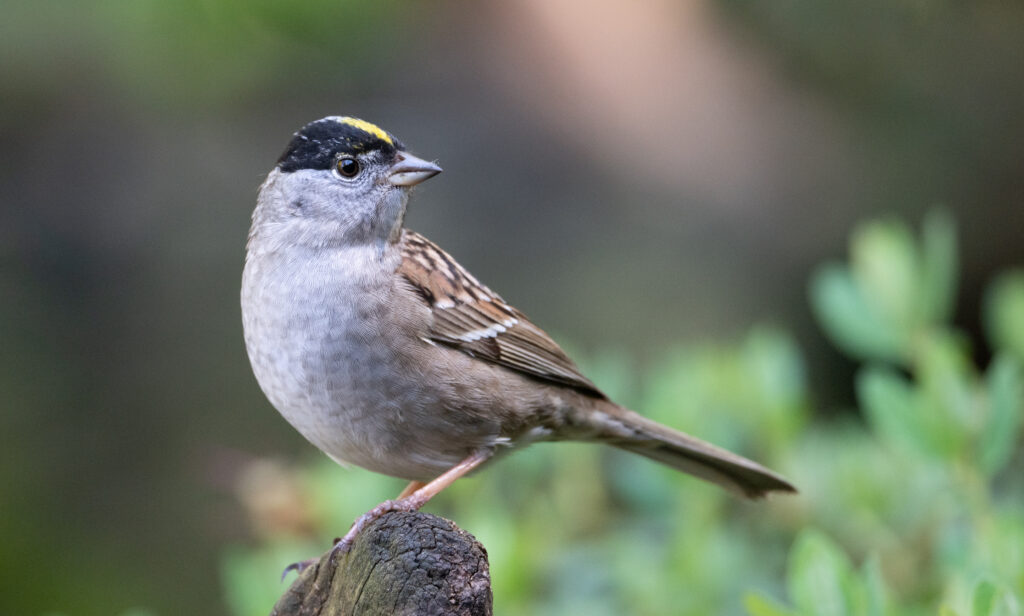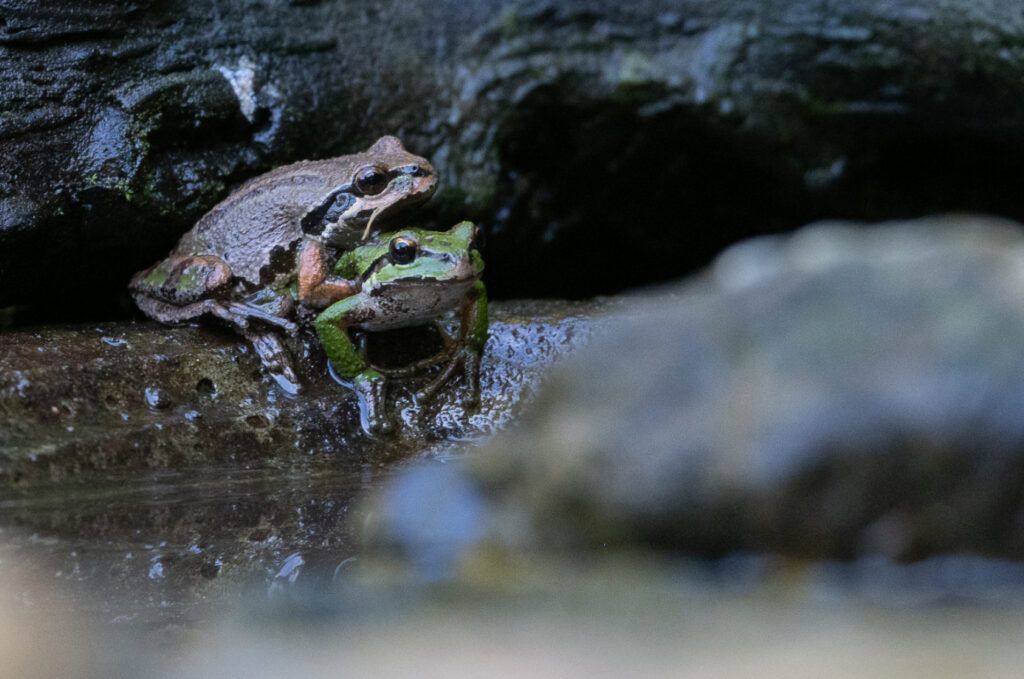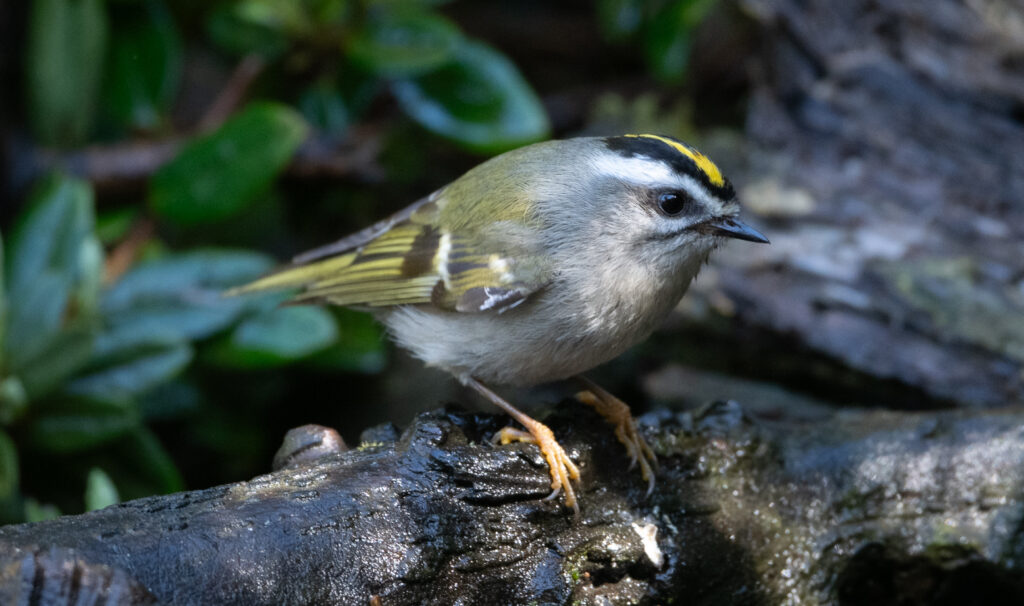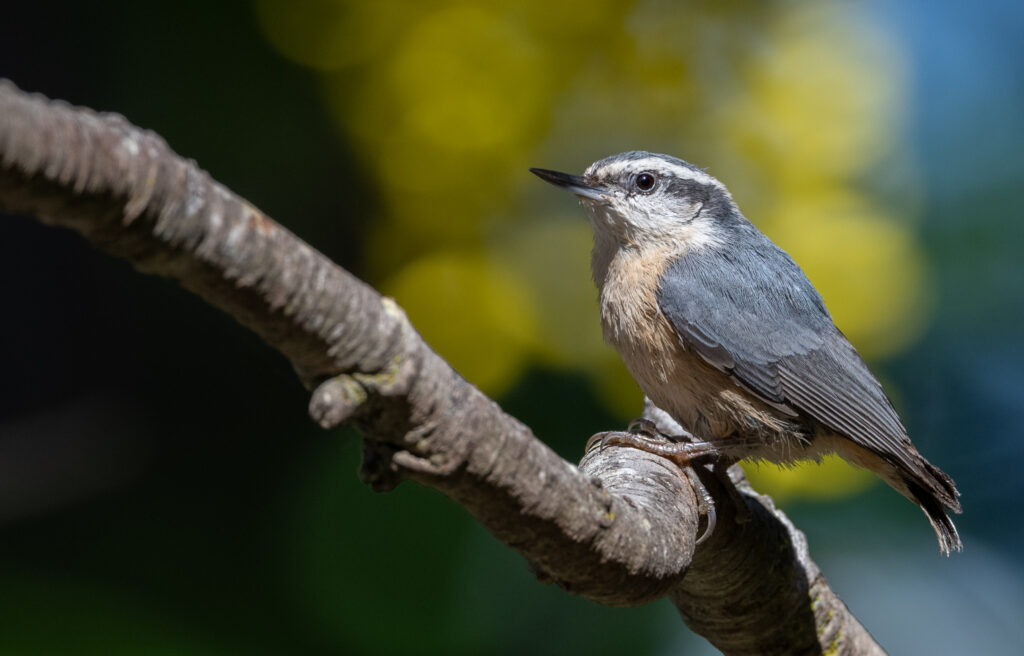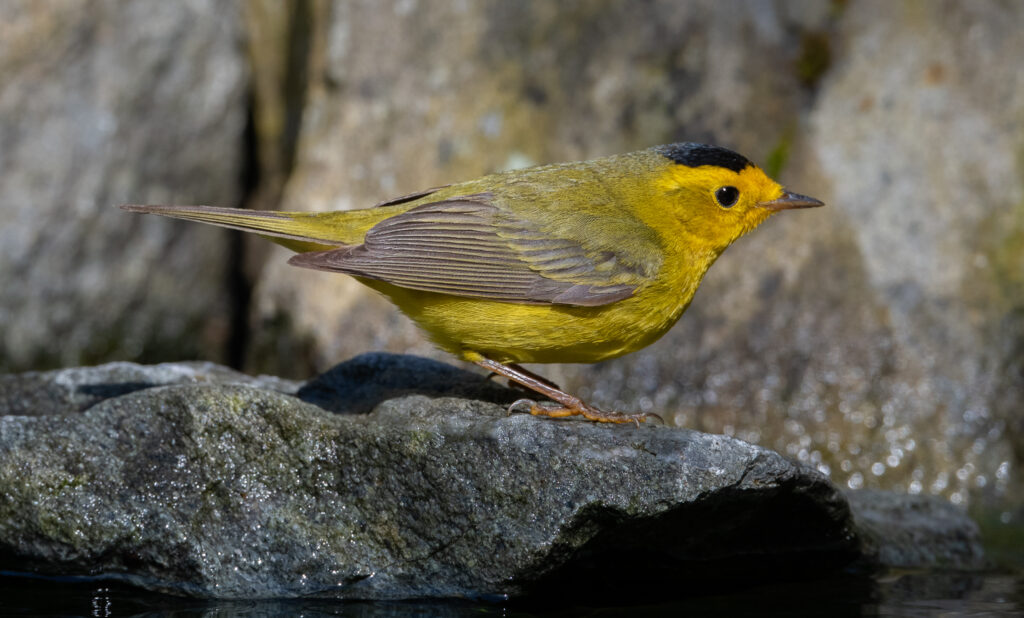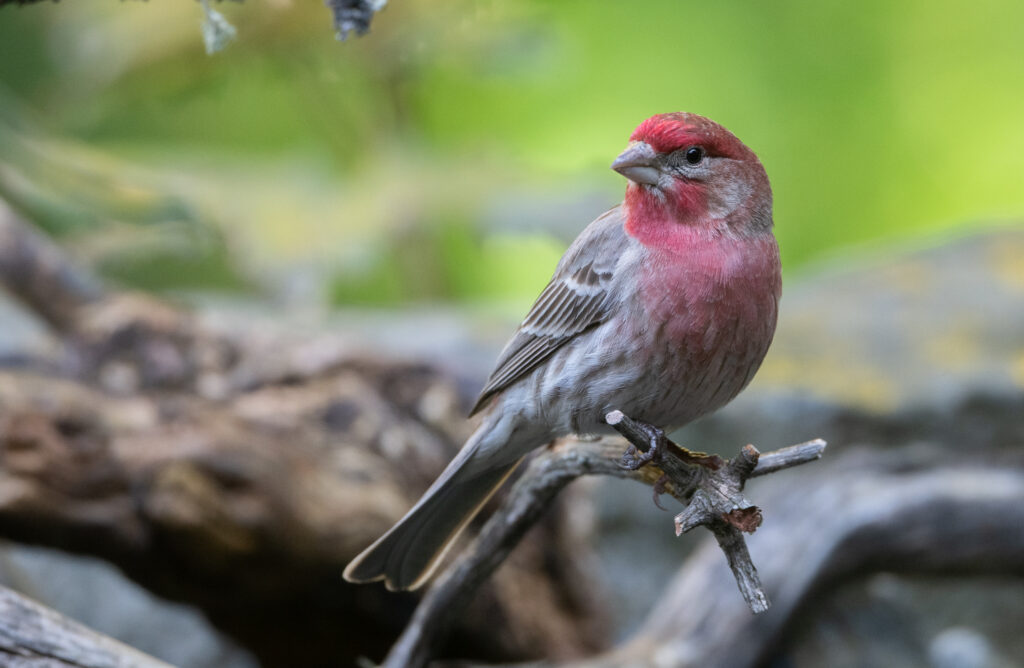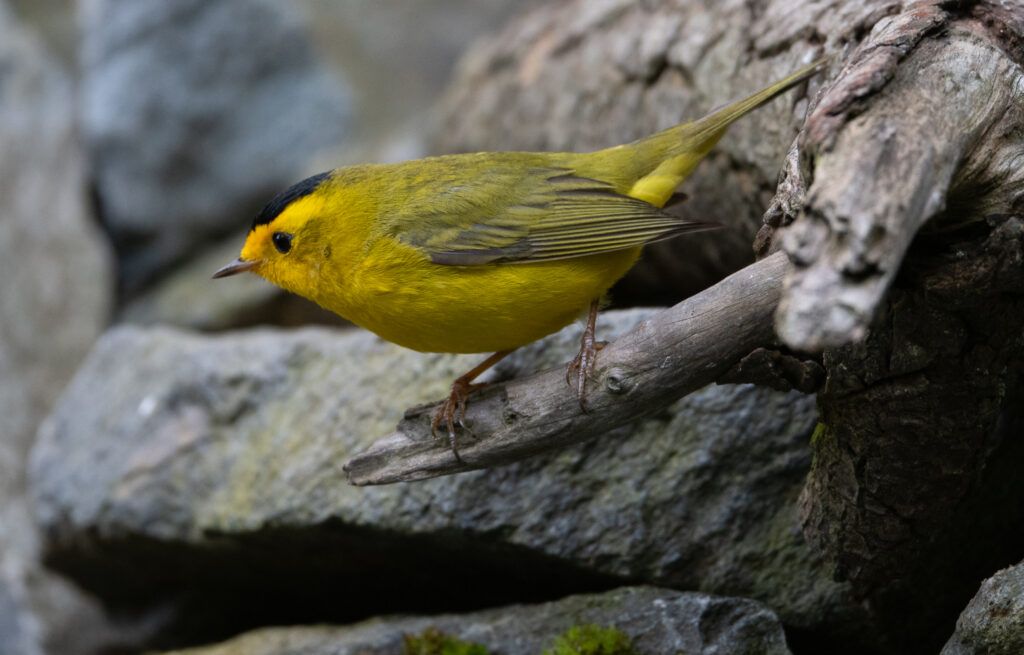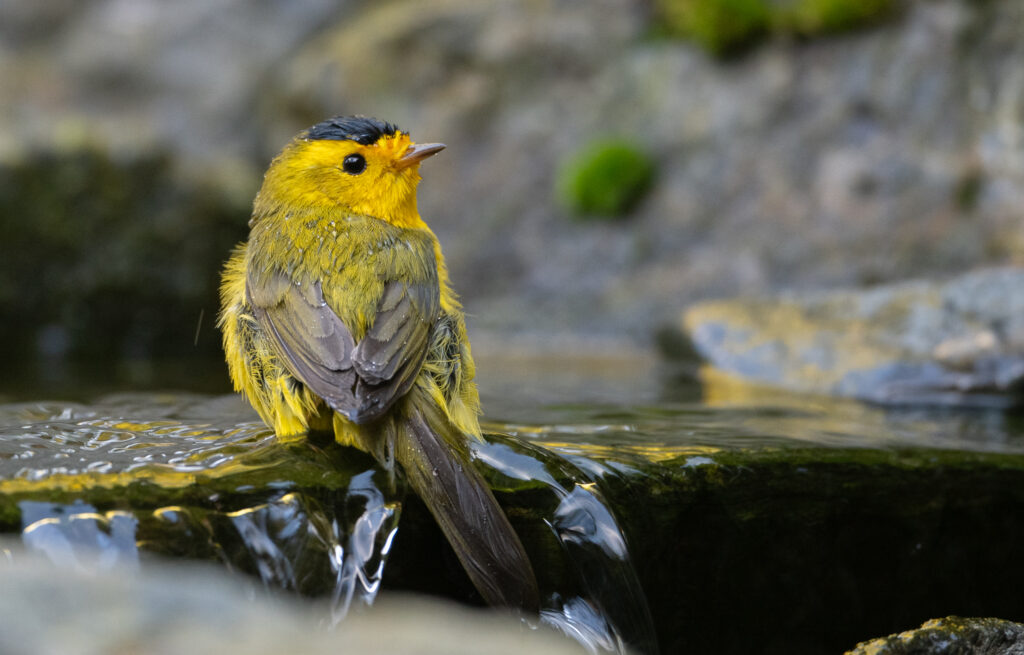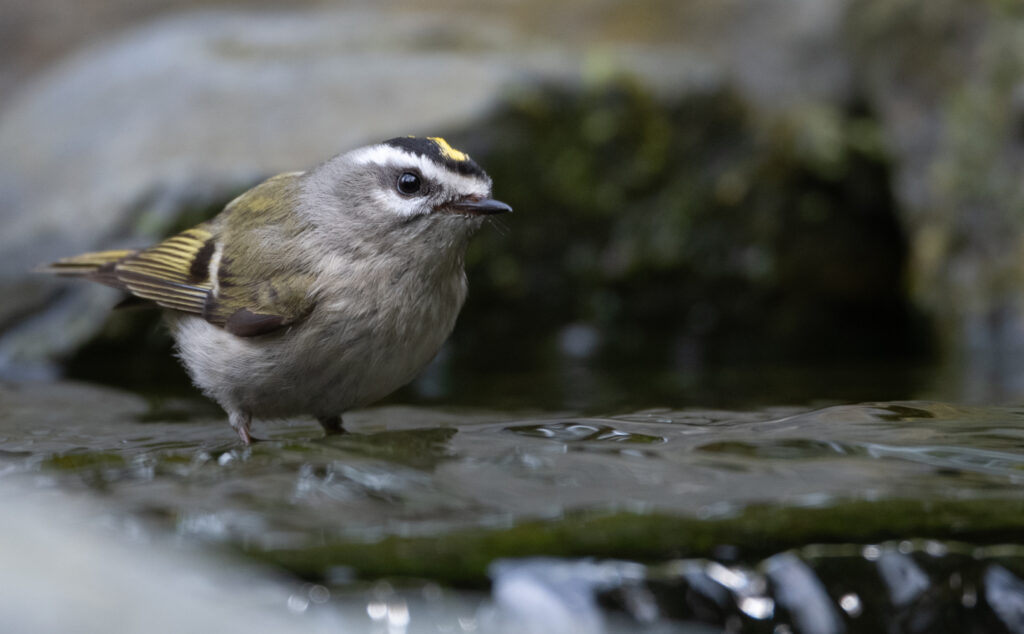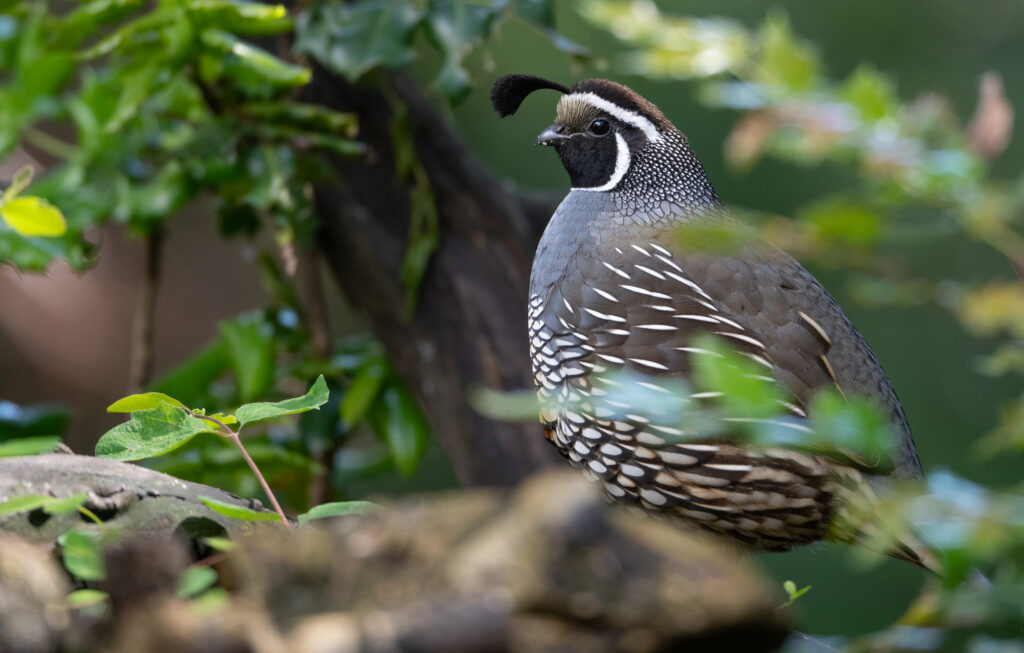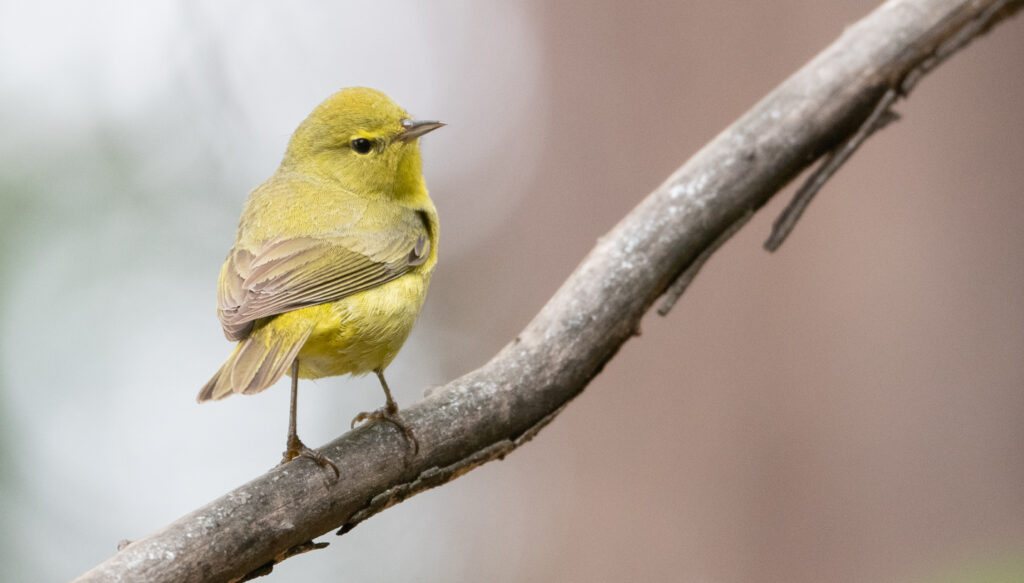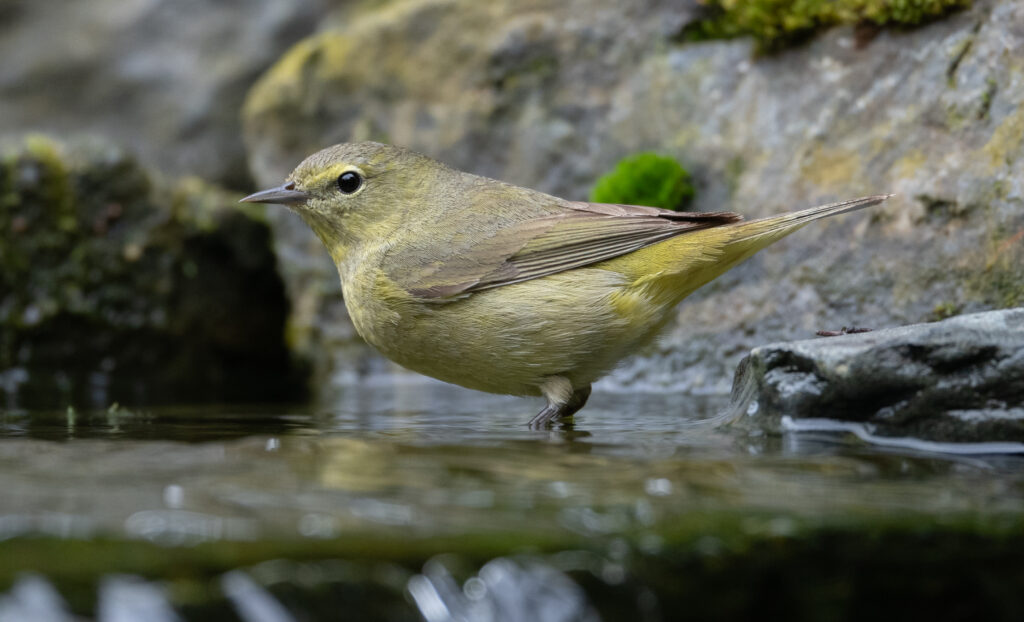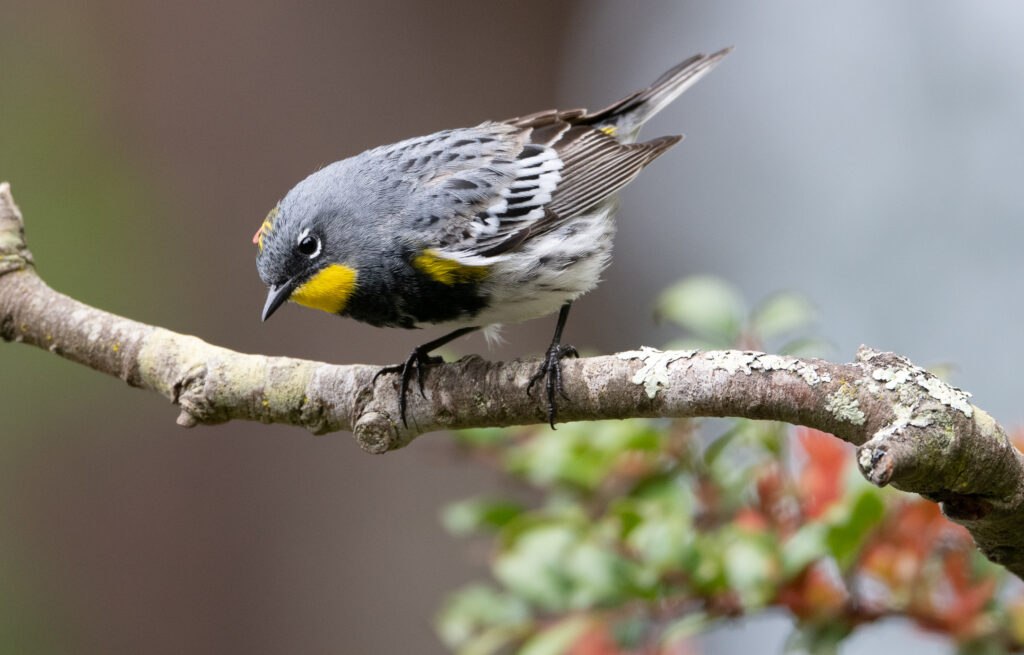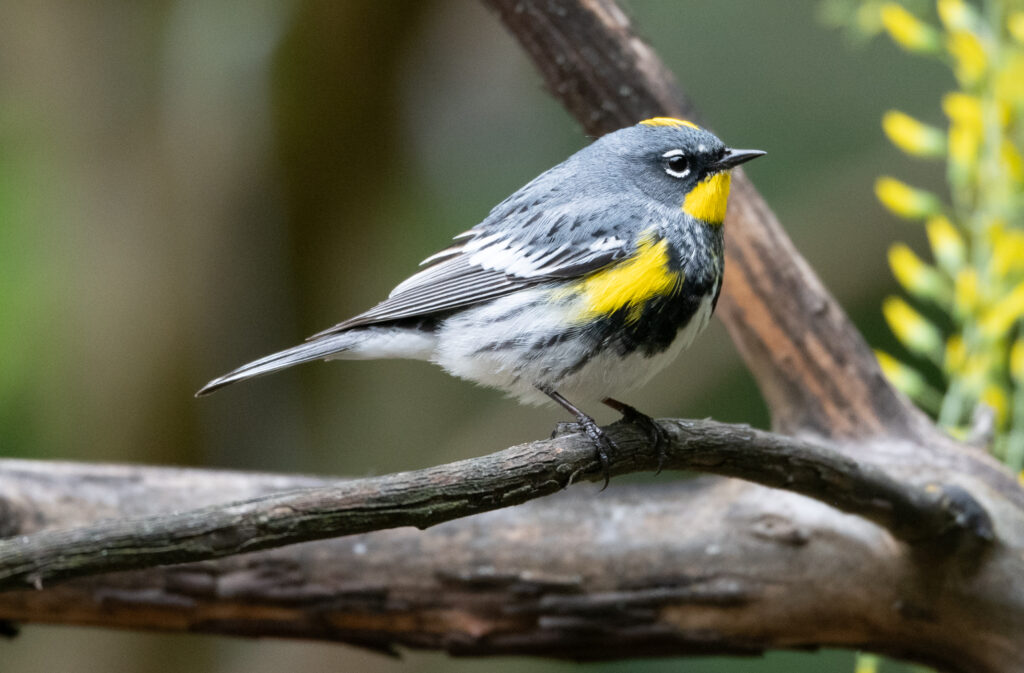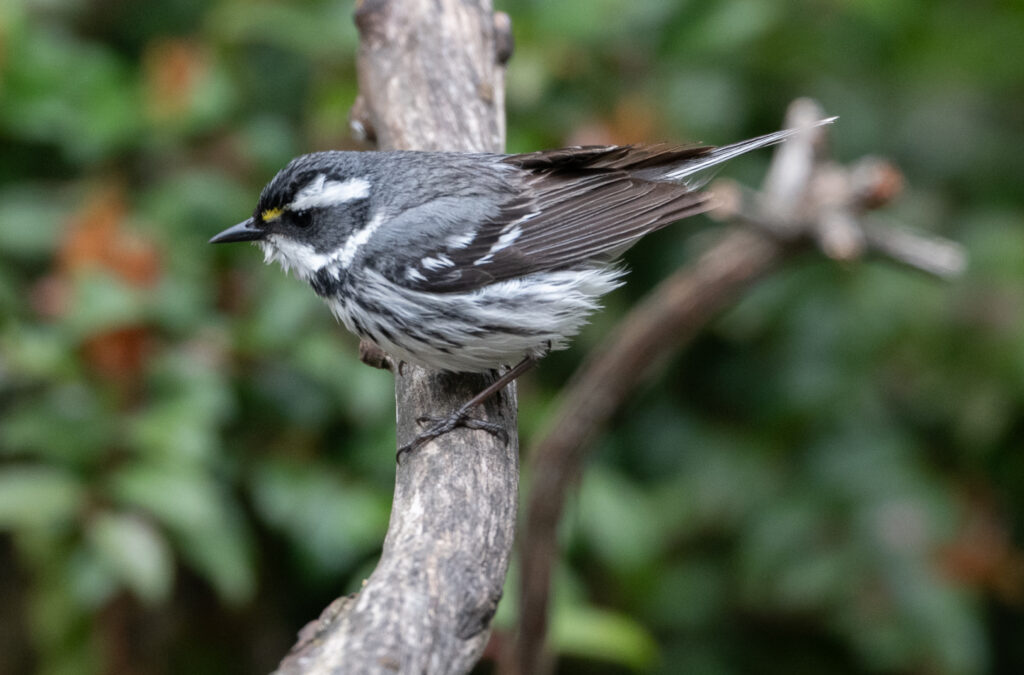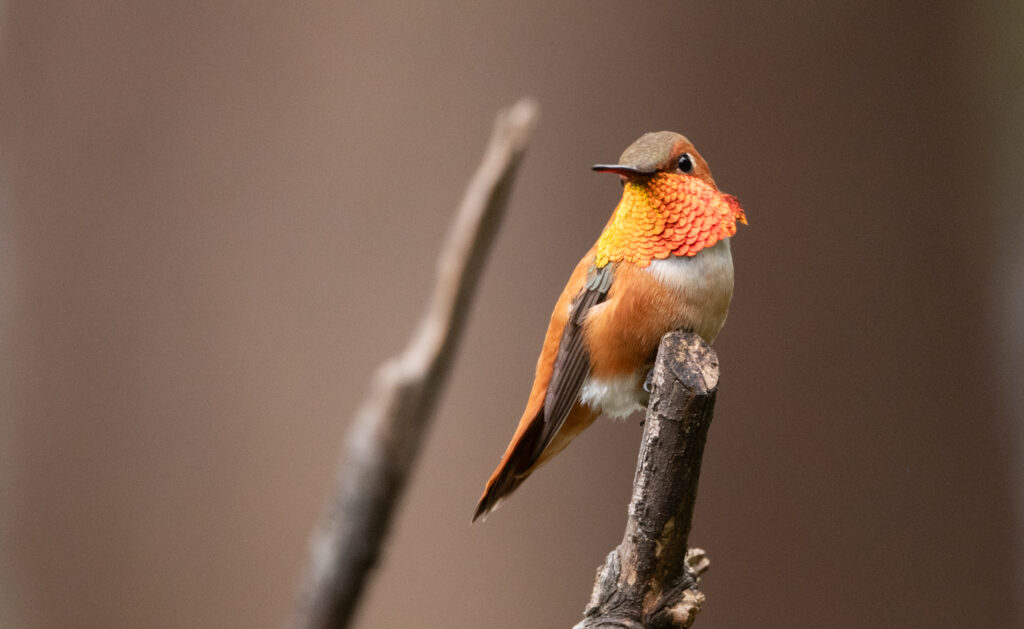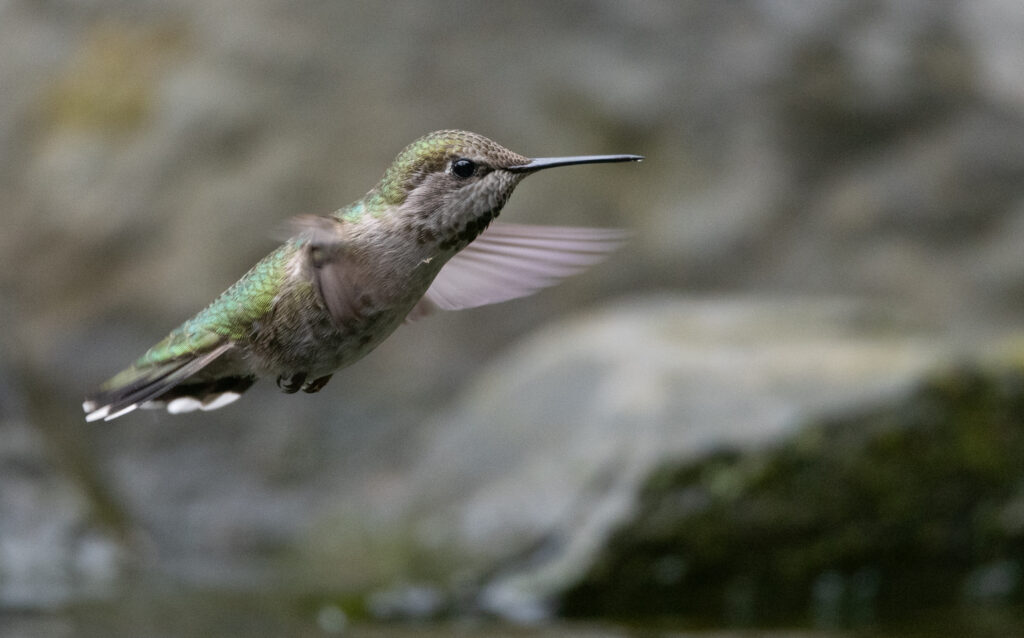I had my most interesting birding day that I’d had in a couple of weeks on May 13, 2024.
Upon arriving in Washington Park for my morning walk on May 13, I almost immediately encountered a Pileated woodpecker working on a very short stump in a large clearing. I’ve found these birds to be very tolerant of human proximity in the past and so I attempted to move closer to the bird for a photo with my iPhone. I was marginally successful but the bird flew before I could get anything resembling a good photo.
While I was attempting to photograph the woodpecker, the leucistic Song sparrow flew to my location hoping for a handout. The bird has now been hanging out in the park for well over a year.
My yard birding day began about mid-morning when I looked out my office window and saw a female Brown-headed cowbird bathing in our watercourse. I had no opportunity to get downstairs and photograph the bird so my yard birding day began with another lost photographic opportunity.
Upon arriving in the yard with my good camera mid-morning, I had just sat down when a Chipping sparrow hopped into view! I recall seeing one in the yard on only one other occasion. It was in view only very briefly before it disappeared, yet another photographic opportunity lost!
At this point my photographic opportunities began to change. The first female Wilson’s warbler showed up and toured the yard, giving me ample opportunities for photographs. It, or another one, made at least three appearances.
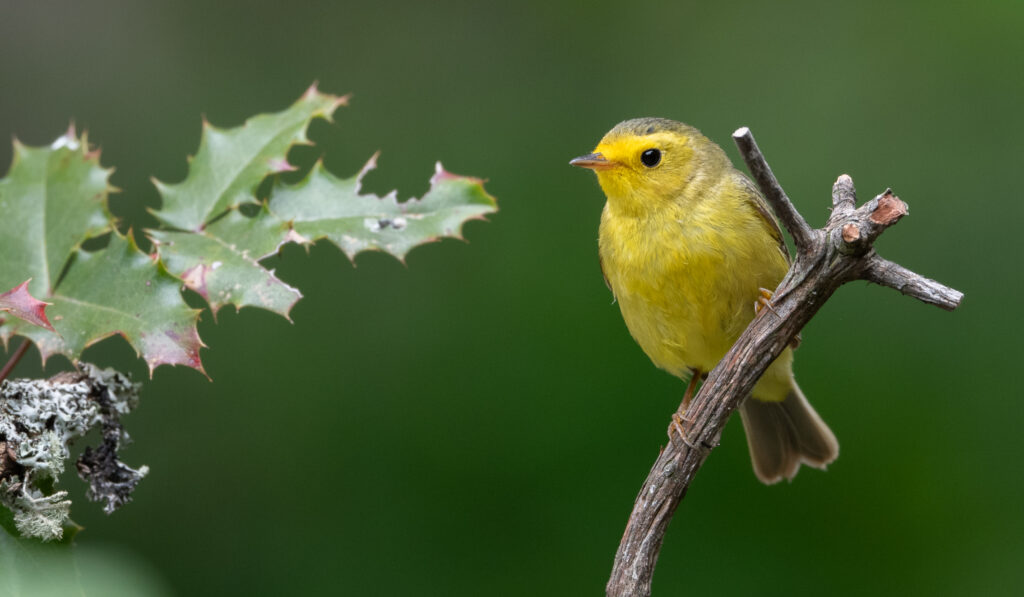

Next up was a fledged juvenile Dark-eyed (Oregon) junco which suddenly appeared on one of my staging sticks directly in front of me. I was elated because it indicated that the single pair that had remained in the yard had had a successful breeding season. (In past seasons this species had been parasitized by cowbirds.) This initial juvenile was soon joined by two others!


On this day I realized that some of the birds I had been seeing and photographing were juveniles as I saw them being fed. In addition to the juncos this included Red-breasted nuthatches and Black-capped chickadees. I also realized that the lethargic Pine Siskins I had been seeing were apparently juveniles.
In mid-afternoon I had a quick appearance by a male Wilson’s warbler but it gave me no opportunity for a photograph.
I’ll round ut this post with a pair of Housenfinches that came to the watercourse.
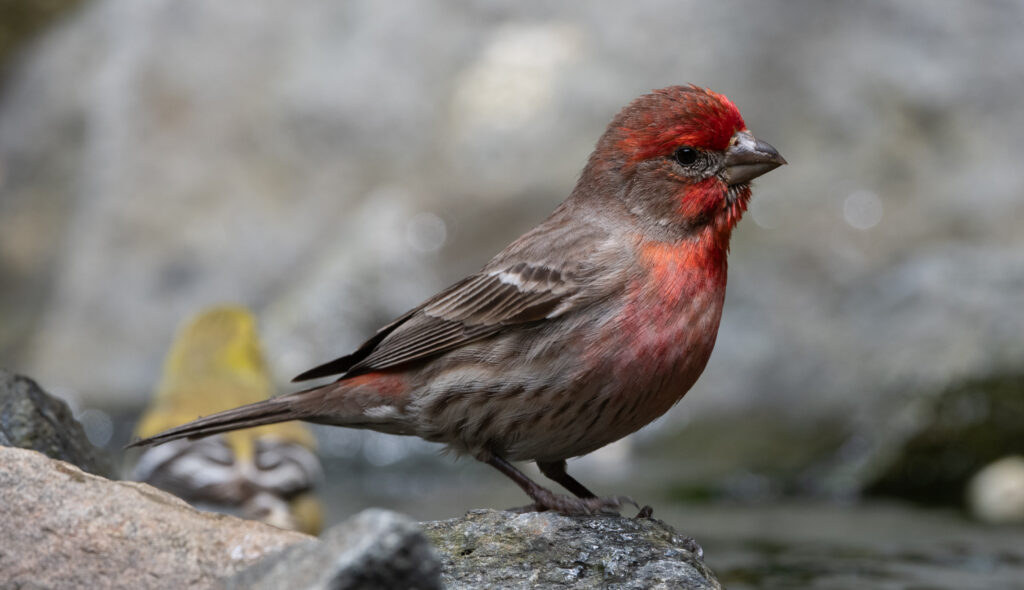

All in all, it was a great day for bird observations even if the photographic opportunities were somewhat disappointing.

